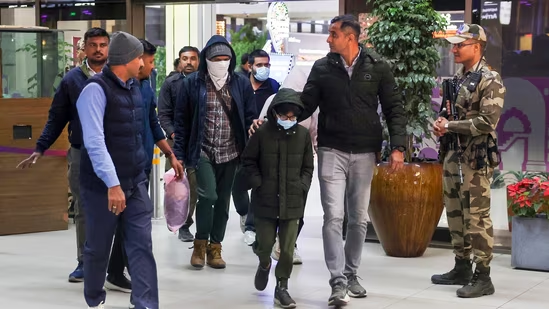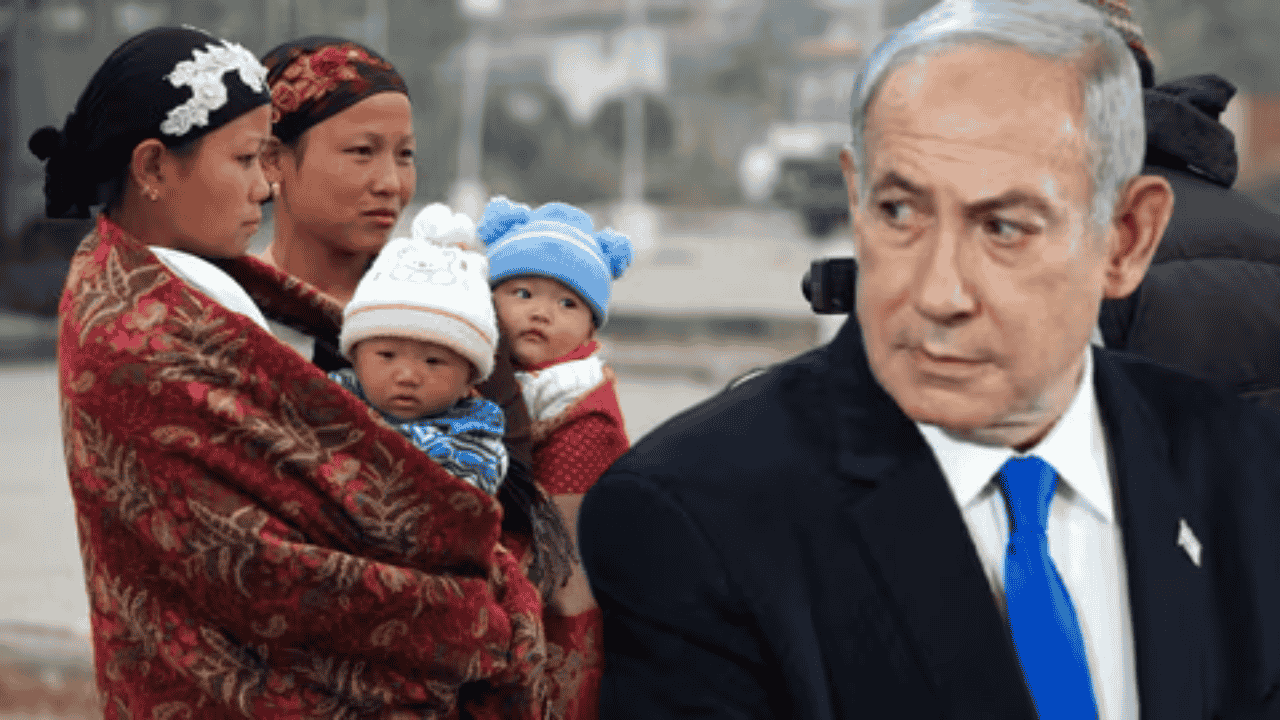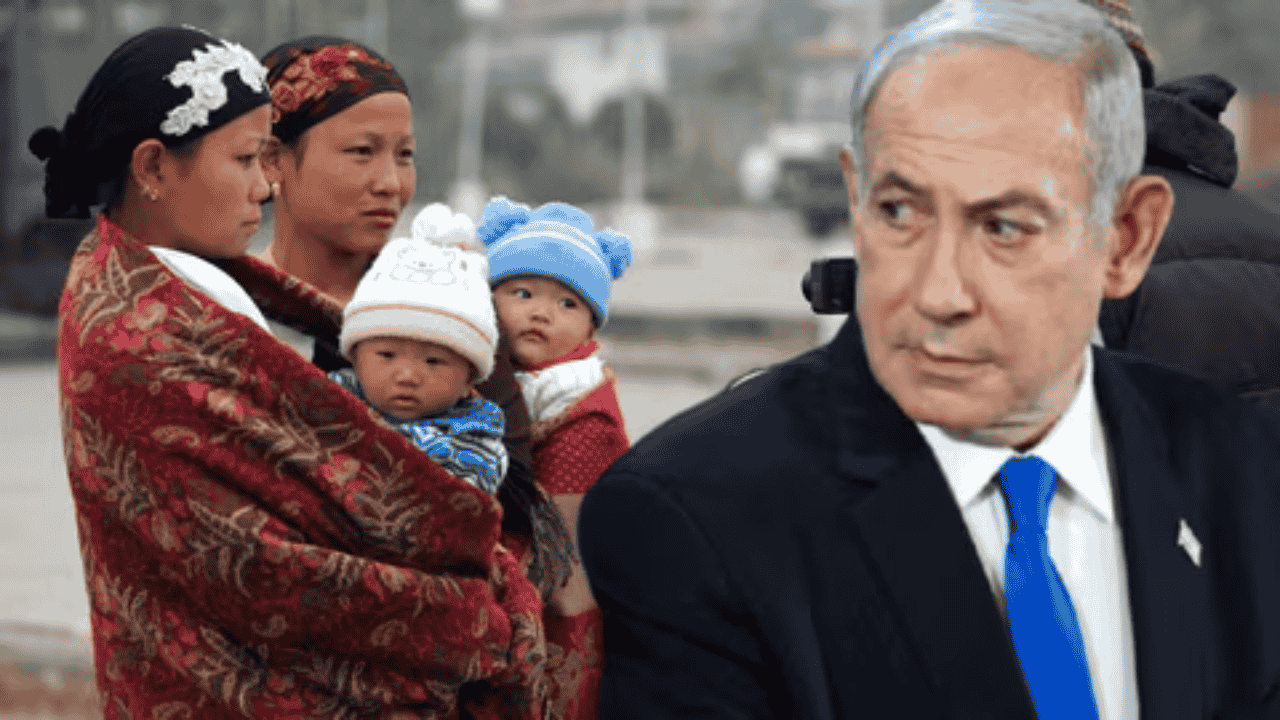The Other ‘Pravasi’: Marginalised in India, Deported from the US
Introduction
Migration has been an intrinsic part of human history, driven by the search for better opportunities. However, in today’s globalized world, migration has taken on a dual character—while some Indians are celebrated as global achievers, others are deported for illegal immigration. This blog explores the contrasting realities of Indian emigrants—those who are embraced by foreign lands and those who are rejected, highlighting the socio-economic disparities that fuel illegal migration.
Pravasi Bharatiya: The Dual Reality
The Pravasi Bharatiya Divas, commemorating Mahatma Gandhi’s return to India in 1915, celebrates the contributions of the Indian diaspora. Leaders like Prime Minister Narendra Modi have referred to overseas Indians as “Bharat’s Rashtradoot” (India’s Ambassadors), emphasizing their role in showcasing Indian talent, enterprise, and culture globally.
However, there exists another category of pravasis (migrants)—those who leave India due to lack of opportunities, social discrimination, and economic desperation. Unlike celebrated NRIs such as Rishi Sunak and Satya Nadella, these migrants are often deported, viewed as liabilities, and struggle for acceptance both abroad and at home.
Illegal Migration: A Modern-Day Indentured Labor System?
Historically, indentured Indian laborers were sent to European colonies under exploitative conditions, akin to slavery. In 1915, Indian nationalists fought against this practice, calling it a stain on India’s dignity.
Today, illegal migrants share a similar plight—leaving India in desperation, facing harsh conditions, and being treated with contempt both in host and home countries. They migrate not for adventure, but out of necessity, mirroring the conditions that forced British-era laborers into indentured servitude.
Illegal vs. Legal Migrants: The Global Divide
Developed nations like the US distinguish between two categories of Indian migrants:
- Legal Migrants – Those with financial or human capital, welcomed for economic growth.
- Illegal Migrants – Those with only their labor to offer, perceived as a burden.
📌 Donald Trump’s stance on Indian migration reflects this divide—while he supports skilled Indian migrants, he seeks to block low-income migrants from entering the US.
The Rising Numbers of Illegal Indian Migrants
- 170,000+ Indians have been detained by US border authorities in the past five years (post-COVID).
- States like Gujarat & Punjab have a high number of illegal migrants, largely due to:
- Strong kinship networks abroad that encourage migration.
- Lack of local job opportunities despite economic progress.
- The dream of a better life that fuels high-risk migration.
The same states that send successful entrepreneurs abroad also produce thousands of illegal migrants, revealing deep economic and social inequalities.
India’s Brain Drain & Wealth Migration
It’s not just the poor who are leaving—wealthy Indians are also migrating in large numbers:
- 6,500 high-net-worth individuals (HNWIs) left India in 2022.
- 4,300 HNWIs left in 2024.
- Citizenship by investment programs in developed nations have attracted thousands of wealthy Indians.
📌 Over 18.8 lakh Indians renounced their citizenship between 2011-2023, signaling a growing aspiration for a First World lifestyle.
India’s Dual Migration Crisis: Who Do We Welcome Back?
- NRIs like Ajay Banga (World Bank President) and Satya Nadella (Microsoft CEO) return home as heroes.
- Deported illegal migrants, however, face stigma, social rejection, and economic uncertainty.
The real question is:
🔹 How will India reintegrate those who returned not by choice, but by force?
🔹 Will deported migrants be given new opportunities, or will they remain invisible?
Conclusion: Rethinking Migration Policy
Migration is a global reality—even America was built by Europe’s marginalized migrants. However, today’s strict immigration laws push India’s poor to the fringes, while the rich buy their way out.
India needs a policy that ensures:
✅ More local job opportunities to reduce desperation-driven migration.
✅ Better reintegration programs for deported migrants.
✅ Stronger legal migration pathways to prevent exploitation.
📌 Until India addresses the root causes of economic inequality and lack of opportunities, illegal migration will continue, and the divide between celebrated and rejected pravasis will grow.
By : team atharvaexamwise
Tags:
#PravasiBharatiya #IllegalMigration #IndianDiaspora #BrainDrain #USImmigration #RBI #IndianEconomy #DeportedIndians #MigrationCrisis #UPSC #atharvaexamwise








